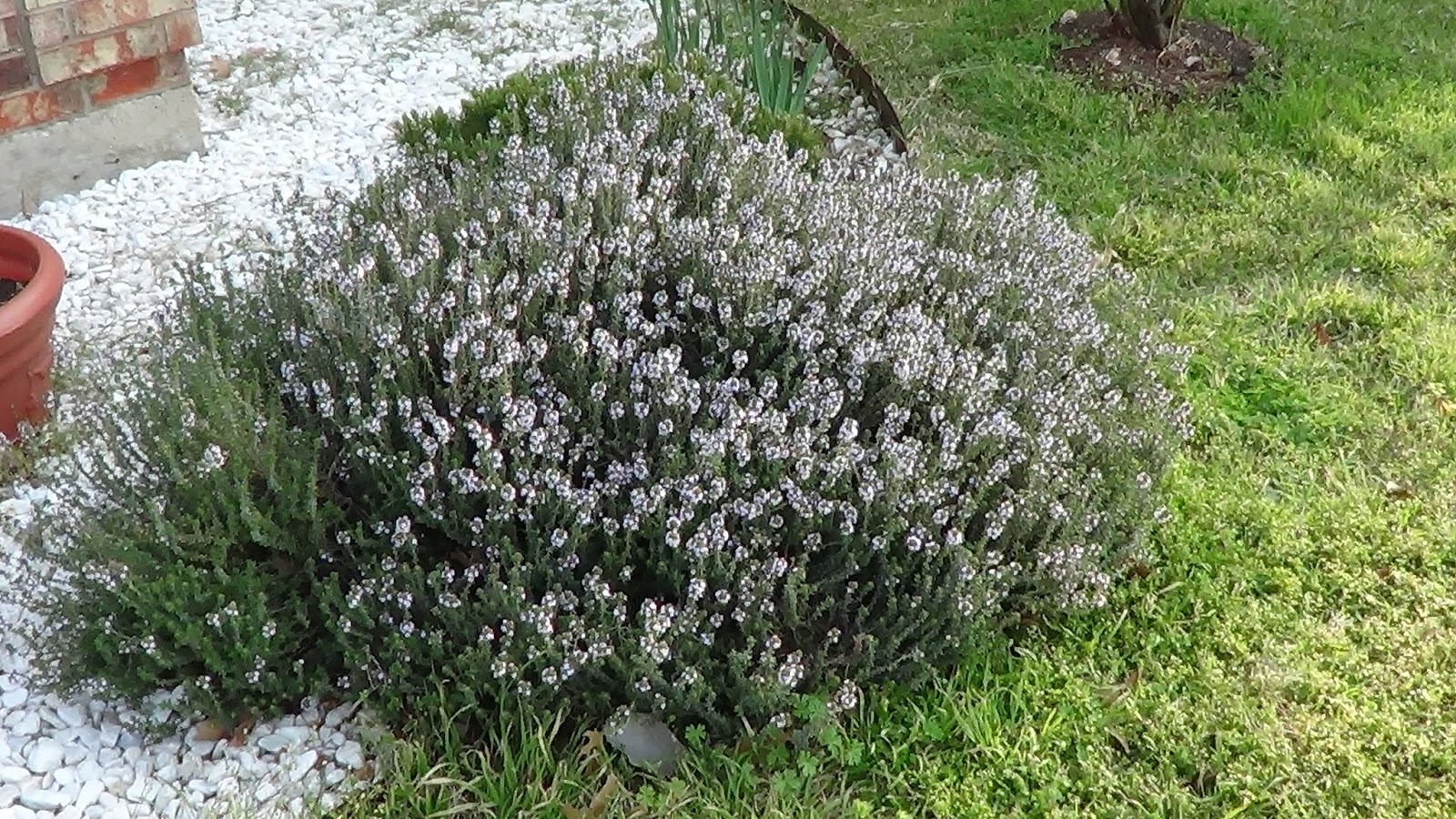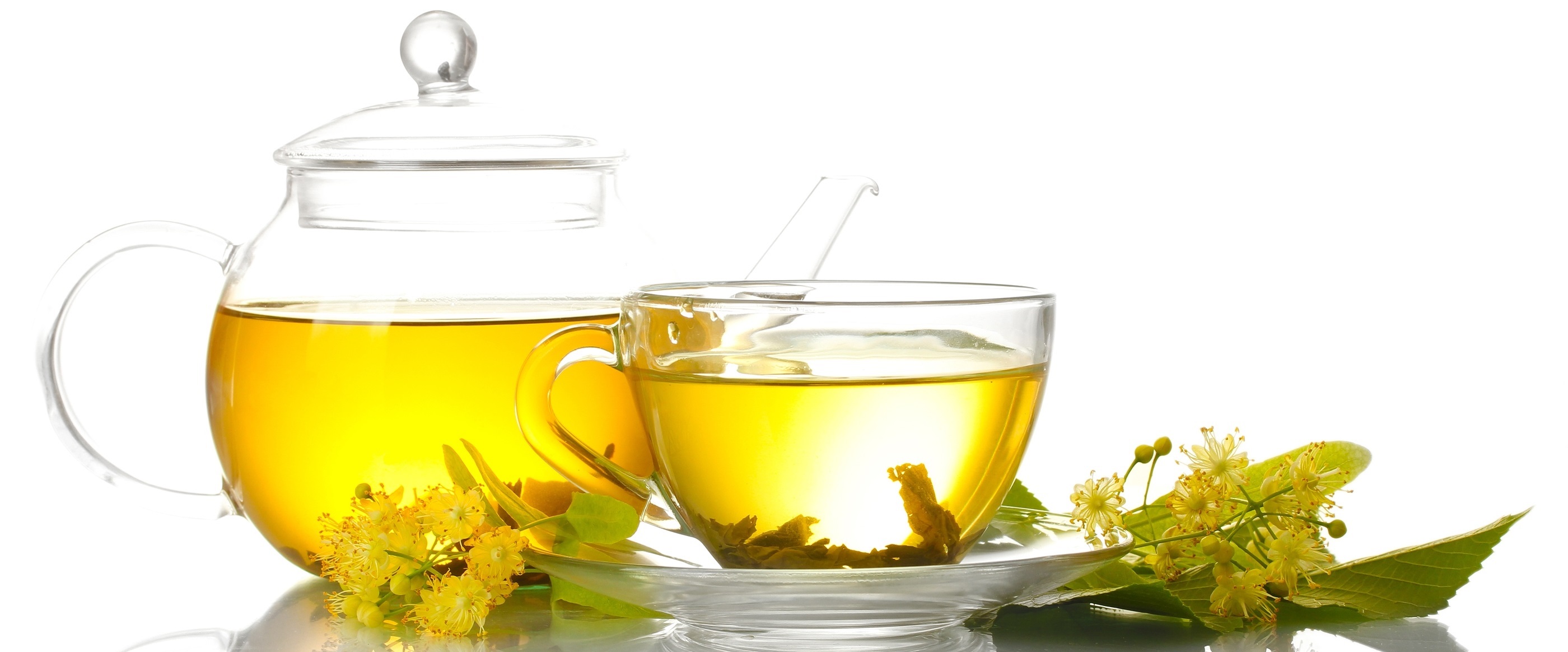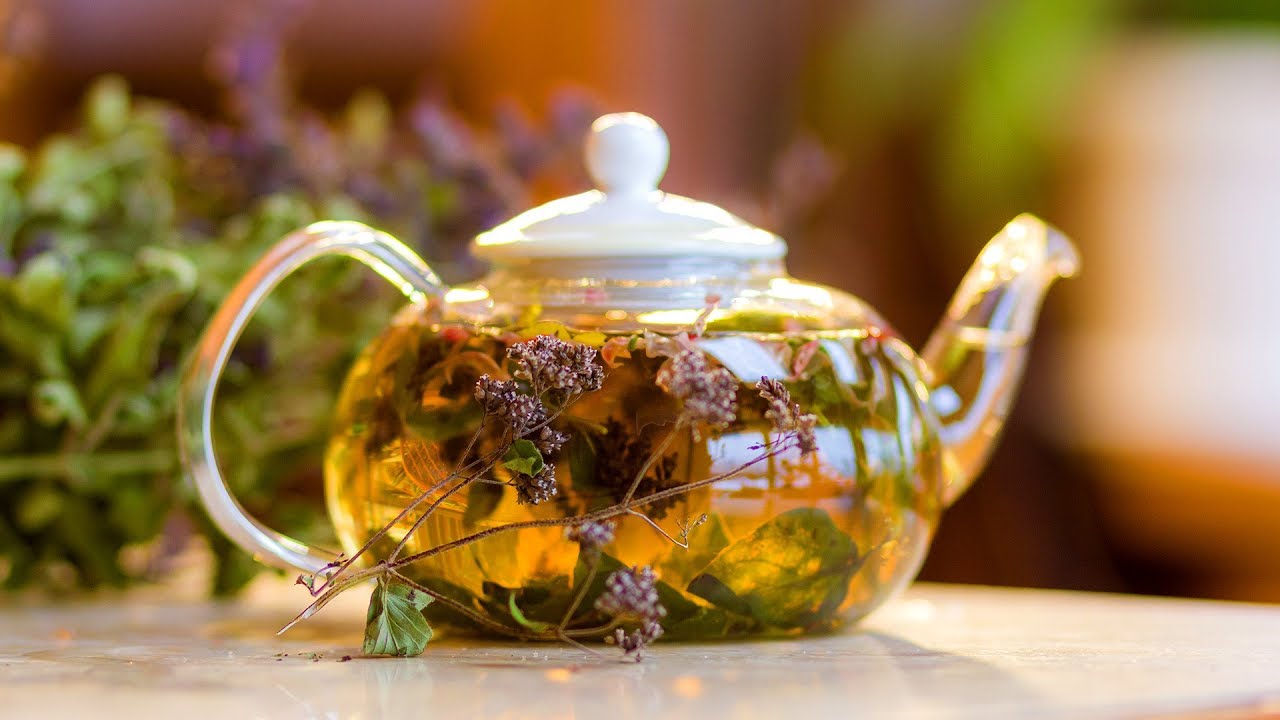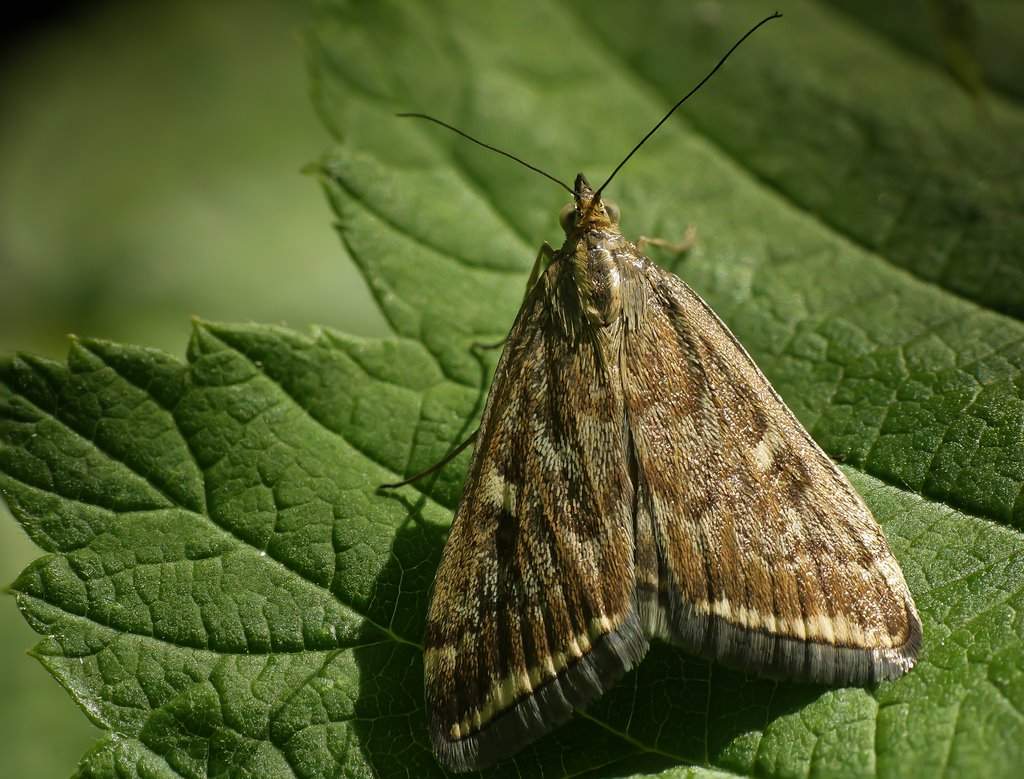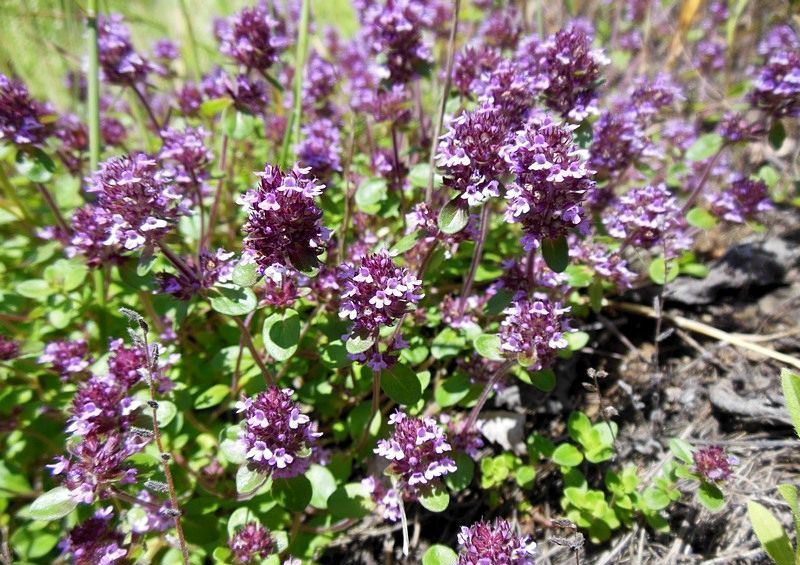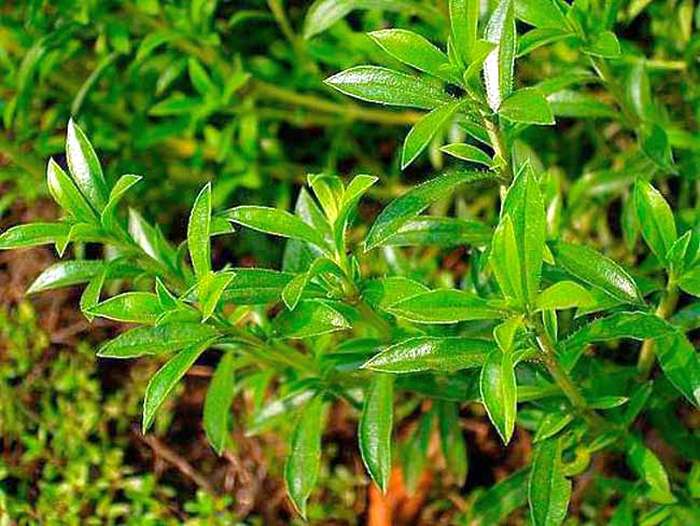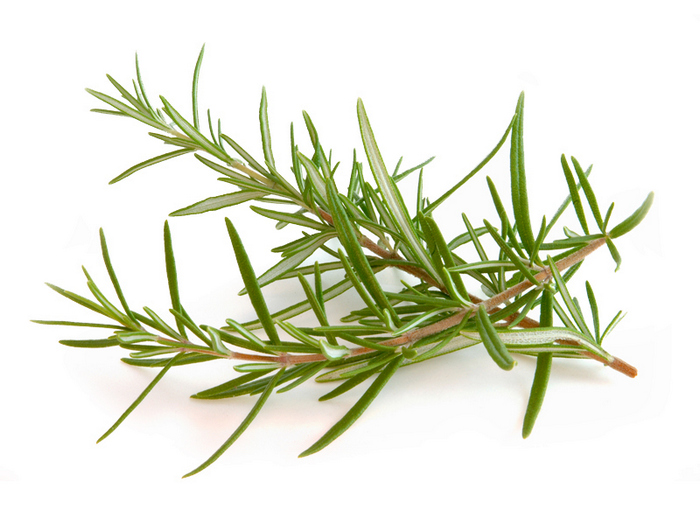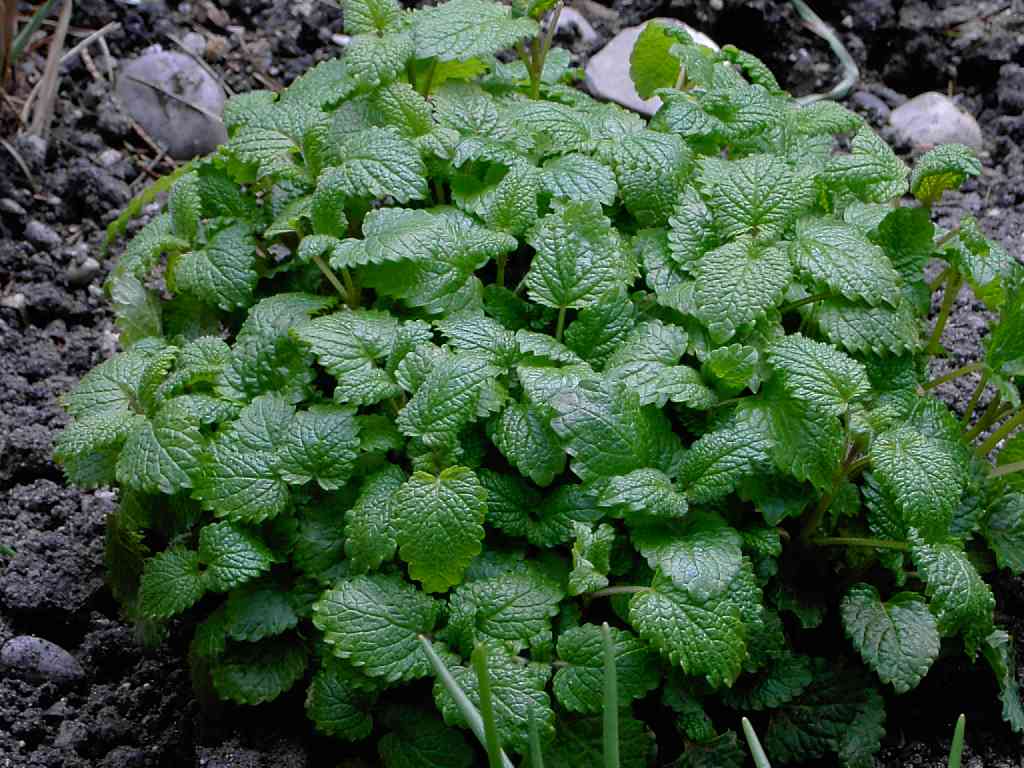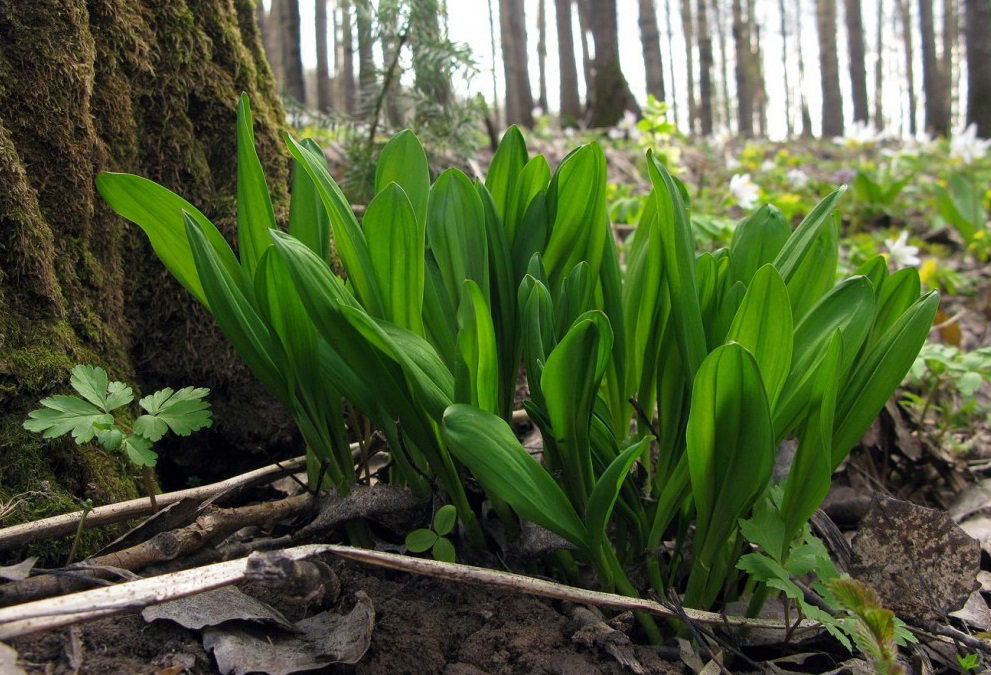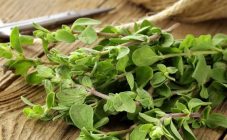The name of this perennial semi-shrub herb reflects its peculiarity, because in translation from ancient Greek thyme means "spirit". The plant, indeed, acquires an unusually fragrant aroma, thanks to which the herb has thoroughly settled in the culinary recipes of European cuisine. The topic of what thyme is is worth paying attention to, because it is also a medicinal culture.
Description of the plant
Low-growing shrubs (up to 40 cm) are found on meadow edges, forest glades, and pine sands. Fragrant grass takes root well in ravines, river valleys, rocky rocks and even in the tundra steppes, filling the territory with a beautiful flowering curtain carpet.
The plant and summer residents did not pass by - thanks to the beautiful appearance of small capitate inflorescences: from pink to purple shades, thyme settled on garden rockeries. Small epileptic leaves on the dwarf shrub with bas-relief veins on the underside of the plate.
Tetrahedral, hairy branches, up to 15 cm long, extend from the stem. The plant bears fruit - a small black-brown spherical nut, with which you can dilute the grass even on the windowsill of a city apartment.
Varieties
The plant has several names, so an ignorant person cannot always understand what thyme is. For example, in Russia, the herb is called Bogorodskaya, and in Ukraine, another name for thyme is more familiar - thyme (sometimes they write thyme).
But no matter how the thyme is called in another way, this spice plant is still very popular. Even breeders turned their attention to it, creating several decorative varieties in each of the varieties (3 species became widespread in the country).
Types of thyme
| Name | Features: | Varieties |
|---|---|---|
| Ordinary | In the variety of the subspecies, there are low-growing bushes, up to 5 cm, but more often you can see barely reaching half a meter. Thymus vulgaris usually has pale lilac flowers, but some varieties are burgundy. The leaves are pubescent on the underside. Refers to medicinal herbs | · Alba - white-flowered thyme; |
| (more common in the northwestern Mediterranean and European Russia) | · Elfin - barely reaches 5 cm and gives a dense pillow; | |
| Splendens - stands out with red-carmine flowers | ||
| Creeping | The maximum height of the bushes of this variety is 15 cm. The plant has high covering qualities. The abundance of colors (white, pink, carmine) and the variegation of the leaves make the varieties in demand in landscape design. But this species also has healing properties and is valued as an aromatic spice. | Minor is decorated with small pubescent leaves and small inflorescences; ideal for alpine slides. |
| (most common in Siberia, the Far East and throughout Europe) | Requires a sandy soil with a low lime content for uprooting. Then the plant will be as resistant to weeds as possible. | Pseudolanuginosus is a ground cover plant, in which, due to the abundance of flowers, leaves are practically not visible on the carpet |
| Lemon-smelling | It is considered the most beautiful species, thanks to the lilac leaves of an unusual shape, against which small flowers are lost. The herb has a particularly pronounced thyme aroma, due to which the variety of thyme is actively used for the preparation of fragrant teas. | Silver Queen - stands out for the originality of the leaves, the edges of which are framed with a white border; |
| (found mainly in southern France, in our country it is grown by private owners) | Has good cover creep, but is prone to trampling, therefore not used on tracks. Less resistant to frost, compared to other species, so it requires winter shelter with non-woven materials | · Golden Dwarf - this variety has leaves covered with yellow spots; |
| Golden King - its greenish leaves have a yellow border around the edge |
The table describes the most common types of Bogorodskaya grass. But in nature there are also such varieties: Japanese thyme, flea, Siberian, Dorflera. If the purpose of using thyme is medicinal, then not every species in this case can replace ordinary and creeping thyme. But all of them will be an excellent decoration for the garden area.
Having understood that thyme is still thyme, having found out how the grass looks like, and having studied its features, it will be easier to choose a type of culture to plant on your site. Due to the versatility of properties, the plant will only benefit.
Culture properties
To get the healing effect of thyme, the grass must be harvested during the flowering period. It was at this time that the plant has the most saturated composition, which includes flavonoids, tannins, bitterness, organic acids (oleic and ursolic).
But essential oils are considered the main component, among which phenol (60%), thymol (50%), as well as terpenes, pinene and other strong phytoncides can be distinguished. They give the thyme disinfectant and antiseptic properties. The use of thyme has long found its application in traditional medicine.
Decoctions of herbs are treated:
- respiratory tract diseases;
- nervous diseases and insomnia;
- stomach problems;
- uterine bleeding in women and sexual weakness in men.
Thyme is also used as a diuretic for kidney diseases. Found application of thyme in official medicine. Doctors recommend to patients decoctions not only as an expectorant, but also for the treatment of radiculitis, rheumatism.
Thyme (which many prefer to call thyme) is prescribed for the treatment of prostatitis and premature ejaculation. Decoctions improve the quality of sperm in men and contribute to the rapid elimination of gynecological problems in women. And thyme greens are also introduced into herbal preparations for the treatment of alcoholism.
Patients are prescribed external compresses, as well as aromatic baths. Thyme extract is available at the pharmacy. Thyme is also included in the cough medicine "Pertussin", known to everyone since childhood.
Since ancient times, in the Moscow region and throughout Russia, thyme has been included in the flavored teas (as well as oregano).
Bogorodsky tea is prepared as follows:
- 1 tsp with the top of the grass (preferably with flowers), pour a glass of water;
- bring to a boil and immediately remove from heat;
- insisting 10 minutes, filter and take.
A honey drink will be especially useful if you add apiary product to tea instead of sugar. Such a composition will calm the cough and relieve stomach cramps, eliminate fermentation and improve appetite. As a medicine, herbal tea can be taken three times a day.
In this case, 100 g of raw materials are poured with a liter of boiling water and insisted for 20 minutes. Poured into a bath filled with water after straining. Rosemary and thyme will give a good effect in this case, so add a few drops of essential oil to the water.
Some wonder what thyme is used for in cooking. But this question is superfluous, if you study the composition of Provencal herbs - there is definitely thyme there. This suggests that thyme is a great seasoning that can be used for almost all dishes. And the longer Bogorodskaya grass is in heat treatment, the richer it will give aroma.
The spice is also used in industrial preservation, as a flavoring in cocktails, as well as in alcoholic beverages.
Due to the large amount of trace elements and vitamins, thyme herb has a high nutritional value. A balanced composition of proteins, carbohydrates and fats makes the spice a low-calorie energy drink that increases the tone of the body. But the plant is not shown to everyone. After evaluating what thyme is useful for, you should also find out the harm that the herb can bring.
Contraindications
Despite the benefits for gastric problems, thyme is not recommended for people with duodenal ulcer and stomach ulcer, with pronounced gastritis. Thyme preparations are prohibited for diabetics and those who have problems with the thyroid gland.
When treating the respiratory tract, it should be taken into account that pneumonia, tuberculosis and asthma are classified as "contraindications". And in pregnant women, the grass is capable of provoking a spontaneous abortion.
About pests
The cultivation of thyme does not require much trouble, but one point should be taken into account - the fight against harmful insects, which are attracted by a pleasant fragrant aroma.
Thyme pests
| Insect | Description | Means of struggle |
|---|---|---|
| Meadow moth | The butterfly is small in size, active at night. Infects leaves and stems, eating them completely | The planting is treated with insecticides: Antitlin and Biotlin (for aphids) and Decis (for a moth) |
| Aphid | Inhabits colonies of small green insects, covering the entire bush | |
| Sandy slow | Small black beetle, barely reaching 10 mm in length. Takes on the ground part of the plant | They use the poison bait method. Plants are treated with Fitoverm |
| Weevil | The brightly colored bug, 10 mm long, has an elongated head with an elongated proboscis, which gnaws holes in the leaves. The larvae live in the soil and actively gnaw at the roots |
The plant is also affected by diseases that develop when improper care is provided. If you water the thyme too much, it will become infected with fungal spores. It is best to fight the infection with fungicides such as Topaz, Ridomil, Howa, Fundazol.
Having figured out what kind of thyme herb it is, it will be easier to decide on the choice of varieties for planting a plant in open ground in a summer cottage. Some species can grow well in flower boxes on loggias. The difference in the names (Bogorodskaya grass, thyme and thyme) is not a hindrance.

